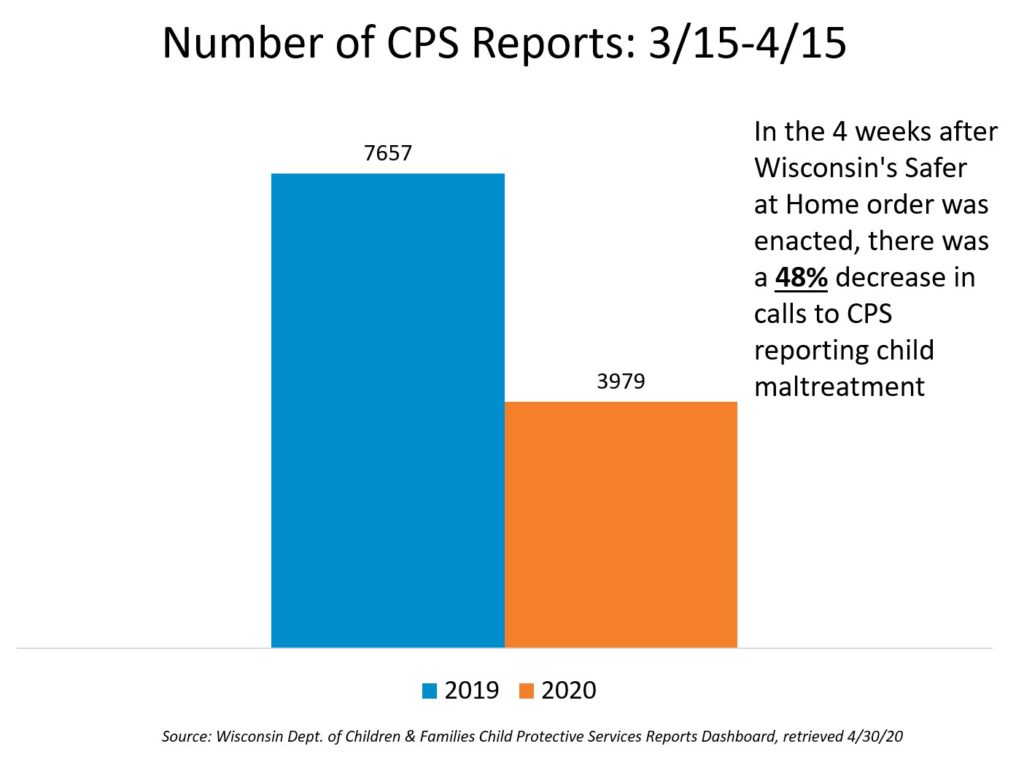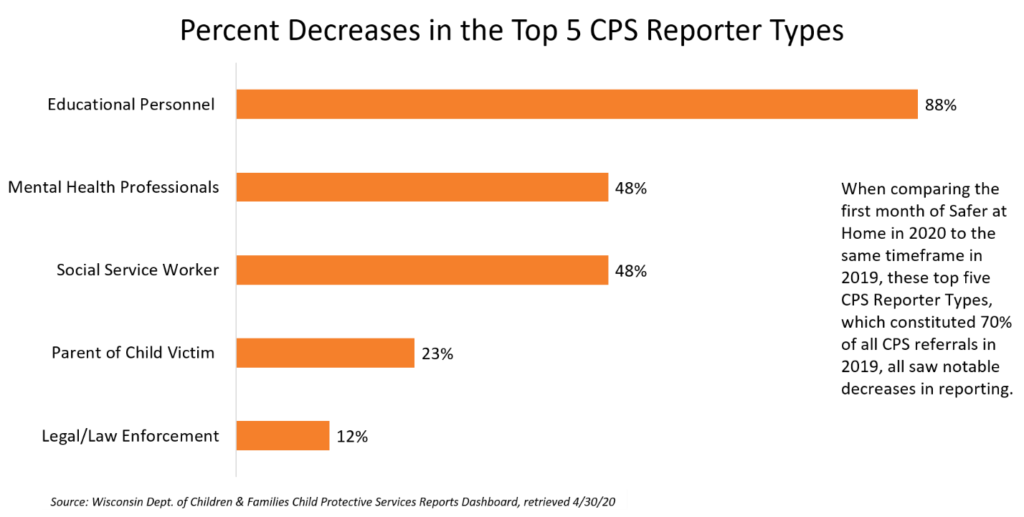
By Colleen Janczewski, Gabriel McGaughey, and Josh Mersky
We are in unprecedented times. COVID-19 is ravaging our health and economic infrastructure, with untold losses still to come. Globally and nationally the pain of the pandemic is widespread, and it is a particularly dire situation for those among us who are most vulnerable. These include individuals and families who struggle with extreme poverty, housing insecurity, substance use, health and mental health problems, and chronic stress. Even in good times, these challenges are difficult to bear. But now they are compounded by social distancing from the connections that protect us in times of stress—our families, friends, schools, places of worship, and communities.
These tragic conditions will have a profound impact on children, especially those who need protection. At a point when they are most developmentally sensitive, many are being exposed to adverse experiences that will have lasting neurobiological, cognitive, social and emotional consequences. It is a stark reality that, as our lives are being upended, some children are being abused and neglected. Worse still, these children are being dislocated from the social institutions and connections that are in place to protect them.
To illustrate the magnitude of the problem, consider that child protective service (CPS) agencies in the U.S. received over 4.3 million abuse and neglect reports in 2018, representing approximately 7.8 million children. Although most reports are not investigated or substantiated, CPS records indicate that hundreds of thousands of children are abused or neglected each year. Of course, many more children experience trauma that goes unseen or unheard.
Now consider that, at a time when our most vulnerable children are at even greater risk, rates of CPS reporting and detection are plummeting. Here in Wisconsin, in the four weeks following the stay-at-home order which went into effect on March 15, there was a 48% decrease in CPS reports in Wisconsin as compared to the same time period last year.
It is unlikely that this trend reflects a true decrease in abuse and neglect, but rather the social isolation of children from mandated reporters. Roughly two-thirds of CPS reports come from professionals such as teachers and doctors. Yet, as shown in the figure below, their reporting has dropped significantly, because they cannot report what they cannot see or hear.

The Child Protection System
If children do come to the attention of CPS, they are now entering a system that is experiencing a period of instability due to COVID-19. Core functions of the child welfare system have been compromised because of the crisis, not unlike other systems. For example, child welfare agencies have been forced to move away from in-person visits where parent-child interactions can be observed directly. Access to substance use and mental health treatment has been reduced significantly. Staffing shortages and court closures have caused delays in removals and permanency decisions.
Disruptions in regular activities are producing a growing backlog of demand for services inside and outside the system. As stay-at-home policies are relaxed, CPS workers who already carry substantial workloads may face even greater job strain, which could lead to high rates of staff turnover. Worse still, assuming the current rate of abuse and neglect reporting is artificially low, the CPS system should be prepared for the coming spike in referrals, substantiations, and out-of-home placements. These impacts are most likely to affect low-income communities of color that are already overrepresented in the CPS system. Disparities in CPS involvement seen before COVID-19 may be compounded by the disproportionate health and economic burdens that these groups are bearing during the crisis. People around the CPS system have been quickly finding new ways of adapting to the social distancing restrictions and accompanying financial hardships, developing clear guiding principles for planning, as the current economic and public health crisis threatens to take a heavy toll on our nation’s most vulnerable population of children and youth.
The Time for Prevention
With state and local governments facing acute budget shortfalls, and with the loss of revenue due to massive increases in unemployment, the need to focus on the most urgent child welfare challenges is clear. And it may seem untimely to increase funding for prevention services that may not pay off immediately, even if these investments tend to yield greater returns in the long run. Although Wisconsin allocates less than 5% of total child welfare funding to prevention services, it may be difficult to justify increased support for anything other than essential responses to known child safety concerns.
On the other hand, the COVID-19 crisis has exposed frailties in the child welfare system, and it is this kind of shock that could force us to reexamine our priorities and rebuild a system that simultaneously ensures the safety, stability, and well-being of children and families. Before this crisis emerged, there were positive signs of movement in this direction with the passage of the Families First Prevention Services Act (FFPSA). Signed into law in 2018, the FFPSA reforms federal child welfare financing by increasing the scope of evidence-based prevention and intervention services that are reimbursable. This includes proven approaches that already have strong roots in Wisconsin such as parent-child interaction therapy, trauma-focused cognitive behavioral therapy (TF-CBT), and evidence-based home visiting.
We believe that our recovery efforts can include plans for increased public investment in prevention services that support families without compromising the vital mission of protecting vulnerable children. It can be difficult to prepare for the future during times of uncertainty and crisis, but bold visions can set in motion lasting change. Let us rebuild our neglected service systems to provide universal, equitable, and accessible services for families and communities.
Learn More
What COVID-19 Means for America’s Child Welfare System – Brookings
Looking Ahead: The Nation’s Child Welfare Systems after Coronavirus – The Chronicle of Social Change
COVID-19 Resources – Children’s Bureau
Legislative Recommendations – Child Welfare League of America

